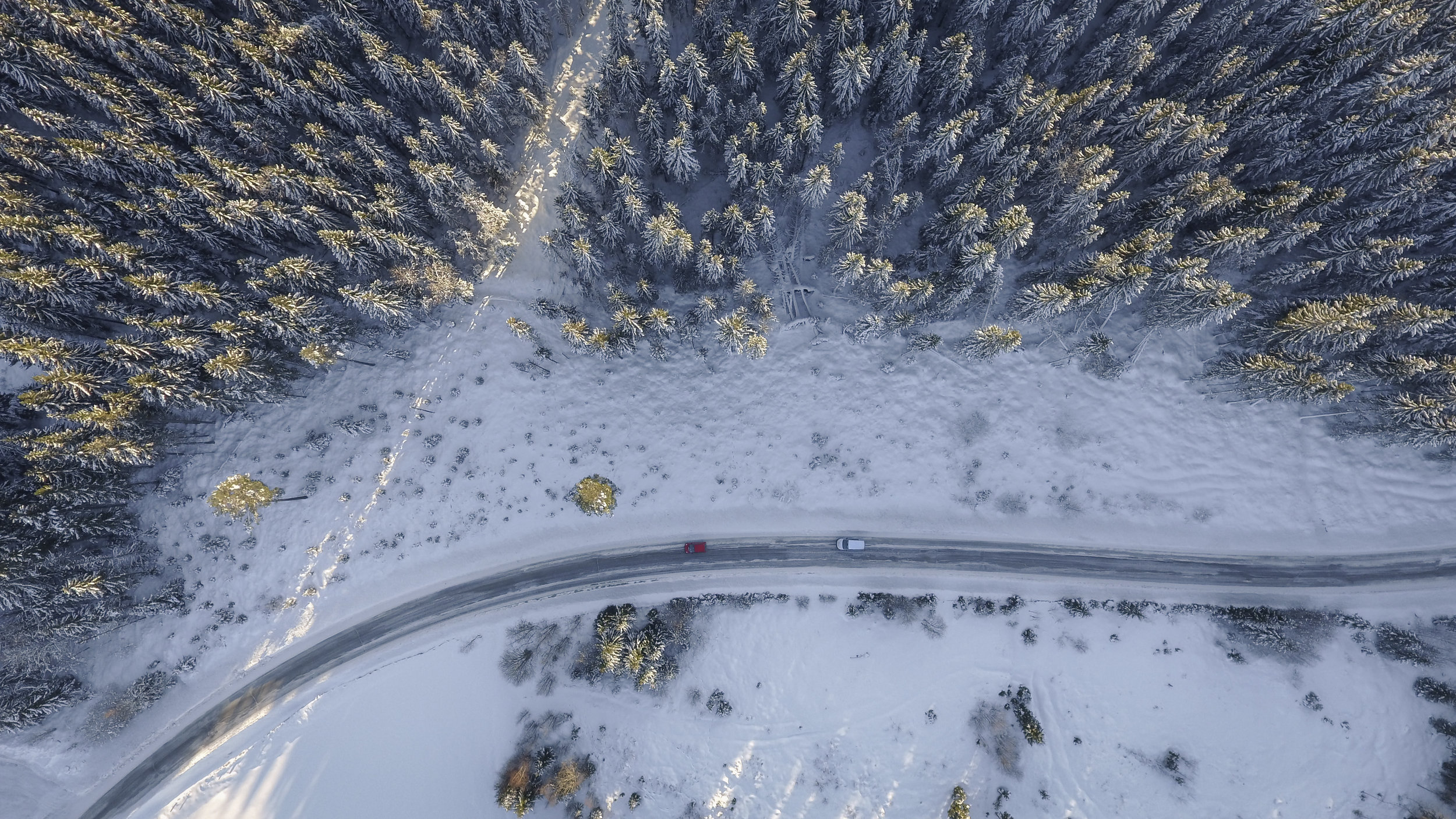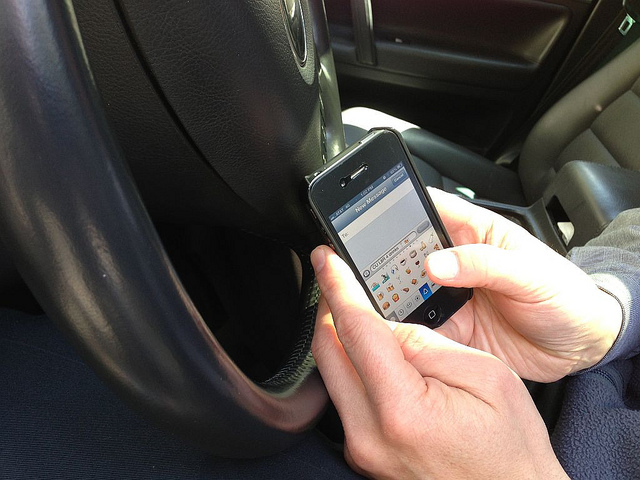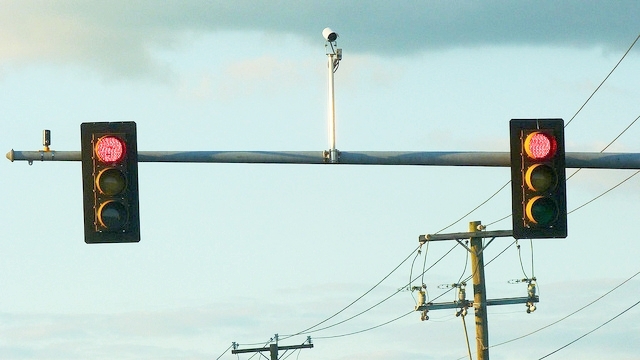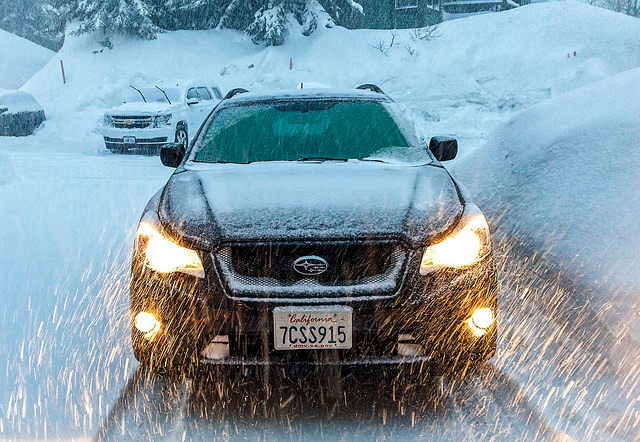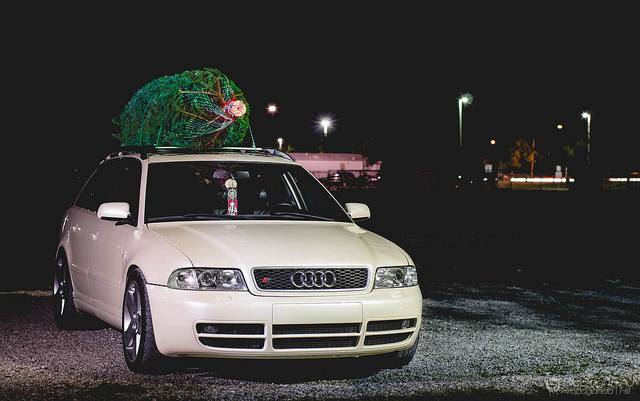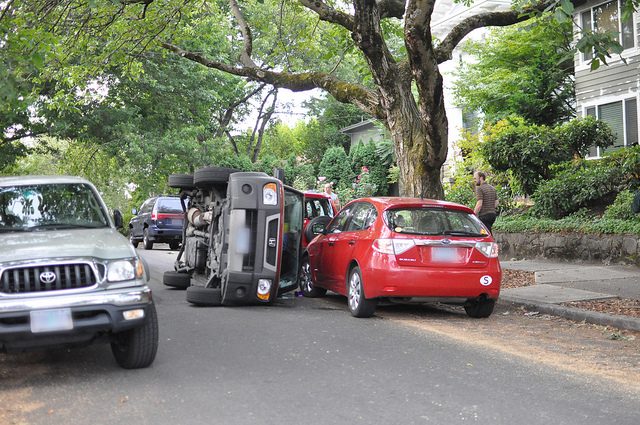David Hack is an Oakland County Sheriff Deputy. On January 4, 2018, around 7:00 AM, according to the Detroit Free Press, Hack was policing an accident that had occurred in front of Rochester Adams High School, in Rochester Hill, Michigan. Deputy Hack was standing in front of his car when he was struck by a Ford Taurus driven by a 24-year-old college student who was on her way to Oakland University. David Hack was taken to Crittenton Hospital in Rochester Hills by the Rochester Fire Department.
According to Click On Detroit, since the car accident, David has opened his eyes three times. It was reported that he is still in critical condition and has not regained consciousness, but is now stable. Deputy Hack's family is staying hopeful and his wife believes that he is aware that his family's presence in the hospital room.
Deputy Hack's car crash comes as yet another disheartening police car accident, since only six weeks ago, a Oakland County Sheriff Deputy passed away after he was also struck by a car on Thanksgiving day. The Detroit Free Press reported that Deputy Eric Overall, "had just deployed tire-deflating stop sticks on the southbound side of M-15 at Seymour Lake Road and was "well off the roadway" when the driver purposely swerved to hit him at about 12:30 a.m." 22-year-old Christopher Joseph Berak, the driver who hit Overall, has four prior convictions for marijuana possession and for resisting and obstructing police.
While Oakland County and Michiganders may be surprised to hear about both of these police accidents, car crashes involving law enforcement officers are more common than most may think. The Federal Bureau of Investigation (FBI) recently released statistics that found that 86 law enforcement officers were killed during in line-of-duty incidents in 2015. Of those 86 fatalities, 29 were police car crash deaths.
While Deputy Overall's death was ruled a homicide, Deputy Hack's car crash was likely a non-intentional accident. While there is no surefire way to avoid causing a car accident, drivers would do well to always pay attention to their surroundings when operating a motor vehicle. For police car crashes in particular, one way to avoid car crashes with cops is to know how to respond when you are being pulled over by a law enforcement officer. The Michigan Law Firm, PC blog has previously discussed Michigan State Police Lieutenant Rob Davis' tips on what to do when a police officer pulls you over.
The National Highway Traffic Safety Administration (NHTSA) reported that each year 4,092 pedestrians are killed in motor related accidents. It's important for drivers to always be aware of their surroundings and to watch out for other cars as well as pedestrians. No matter how vigilant a driver is however, car accident can and do happen. If you have been involved in a car accident due to a negligent driver, call The Michigan Law Firm, PC at 844.4MI.FIRM for a free consultation with a car accident attorney today.

















